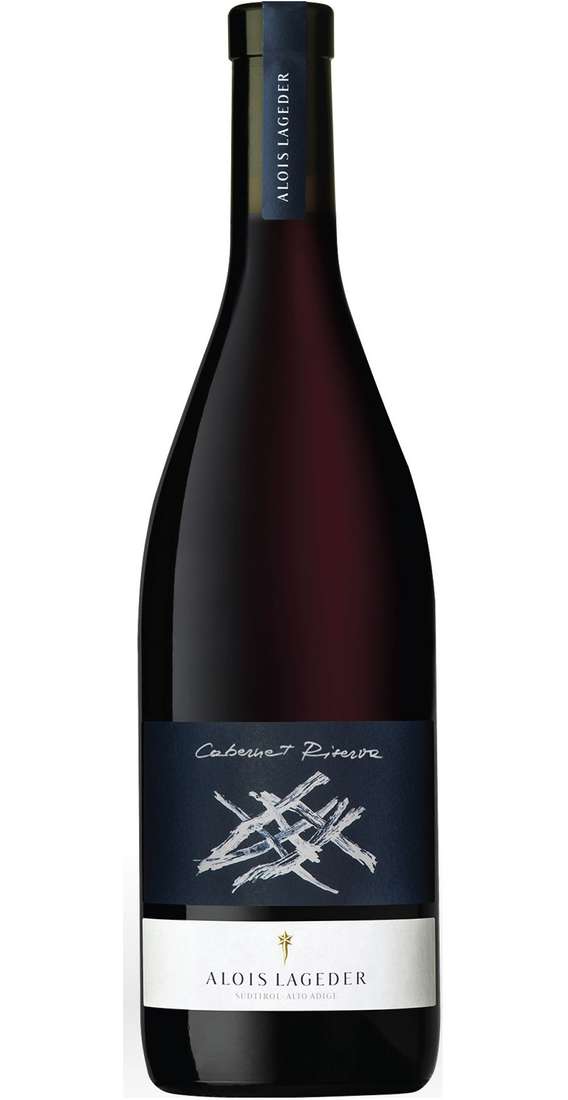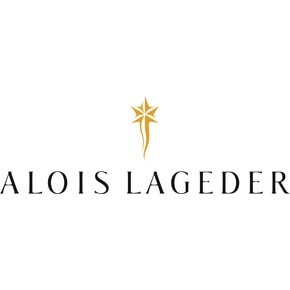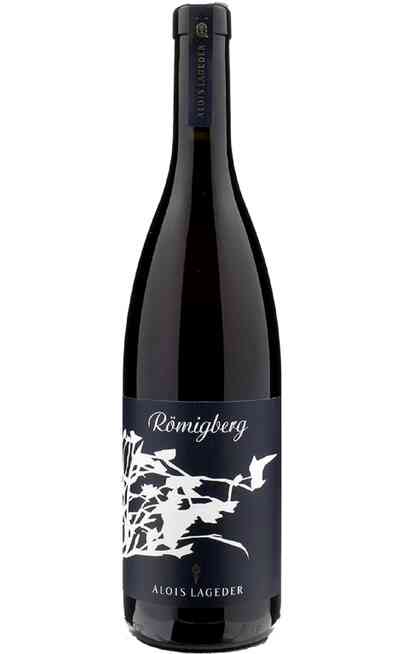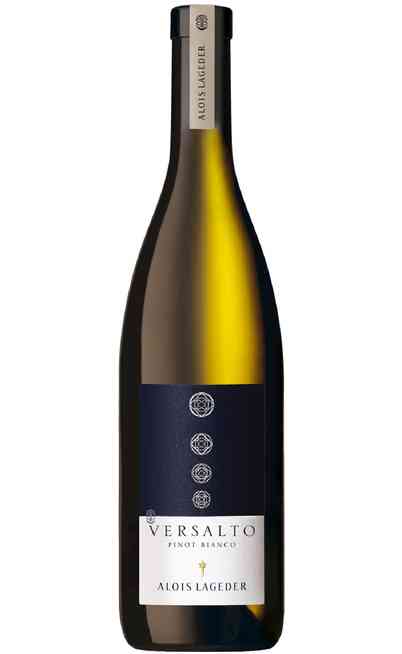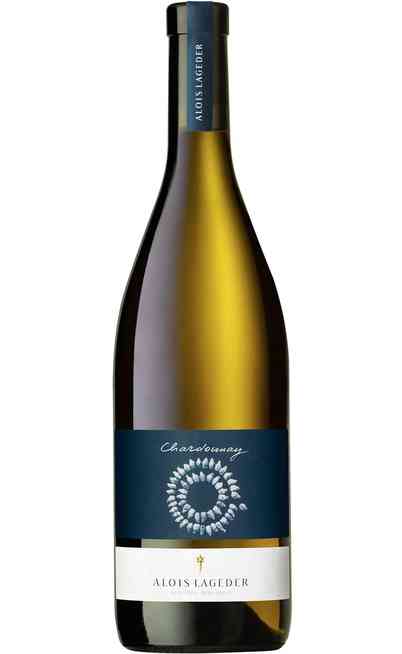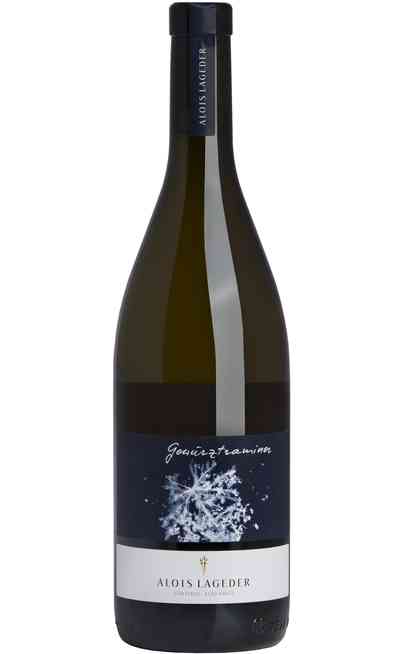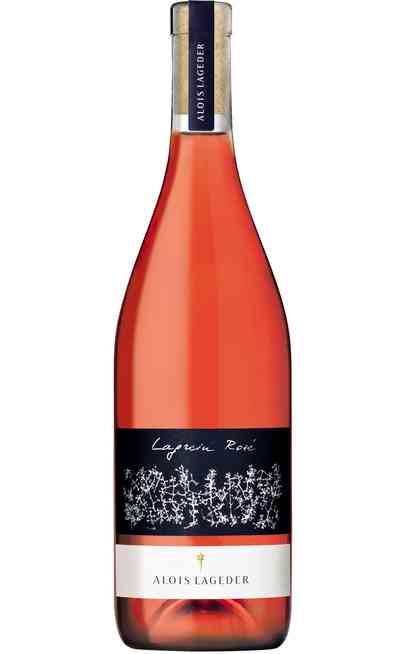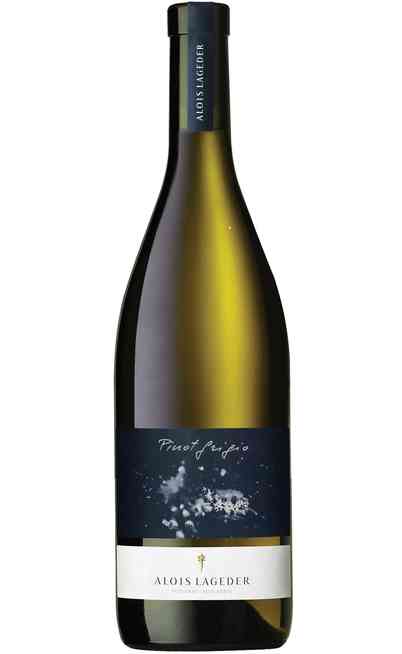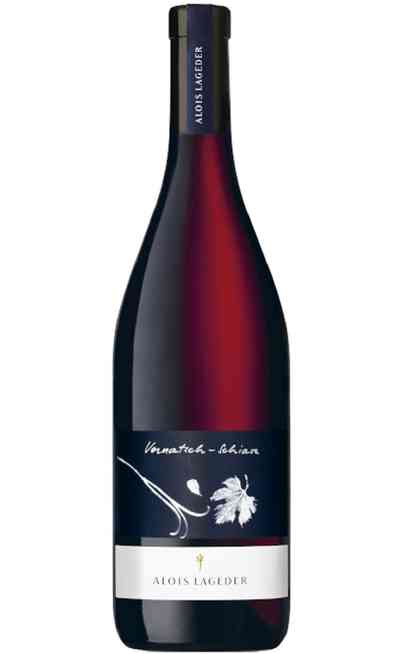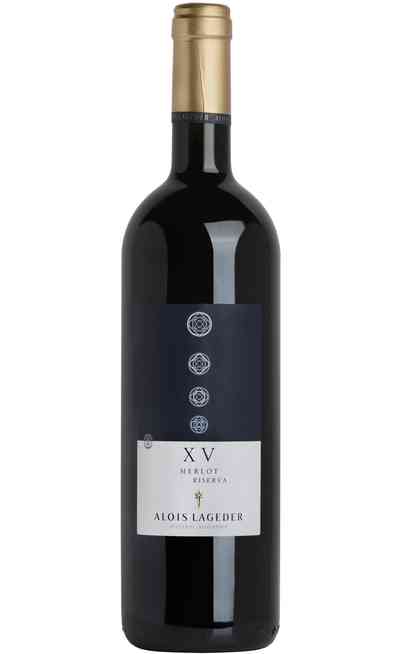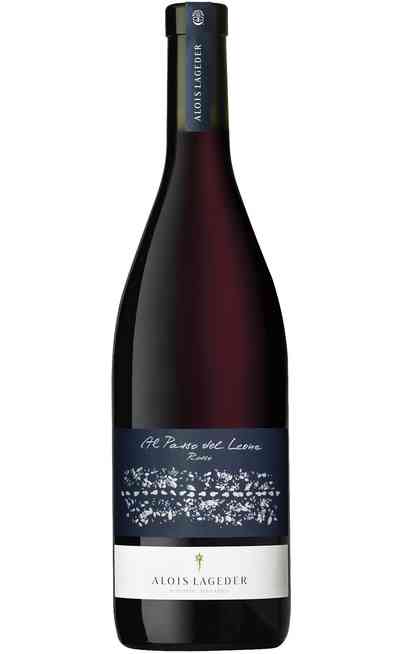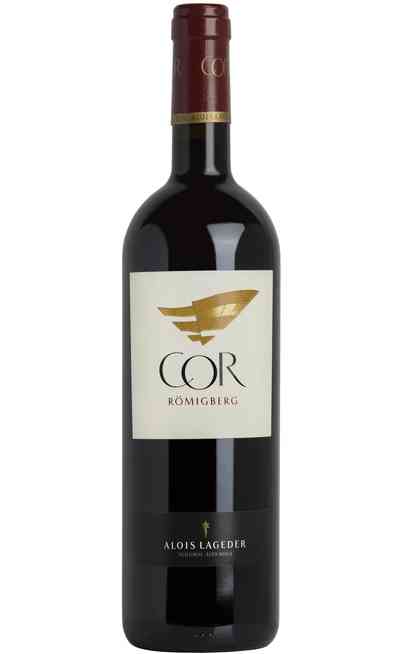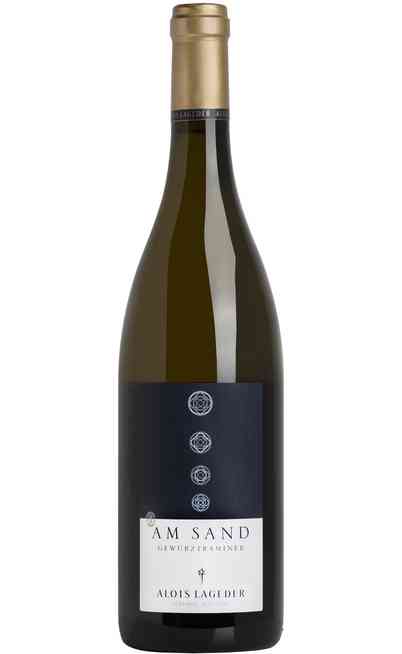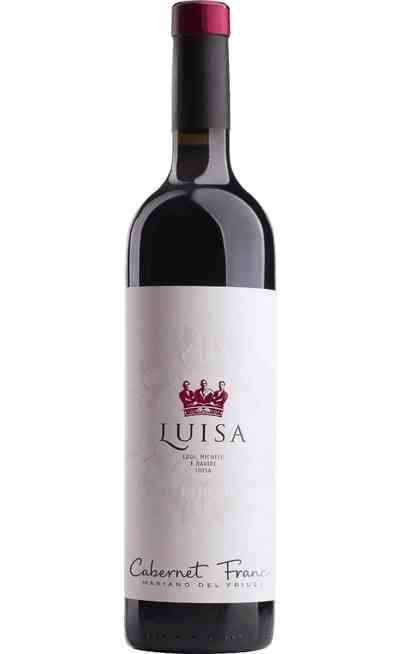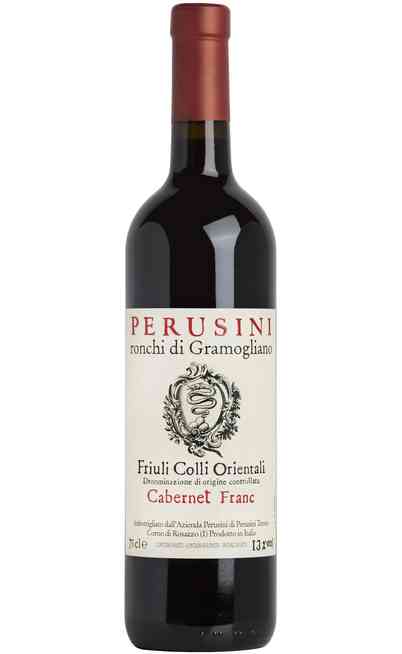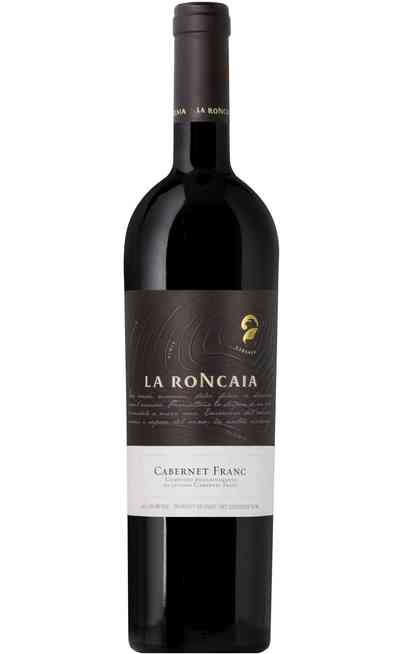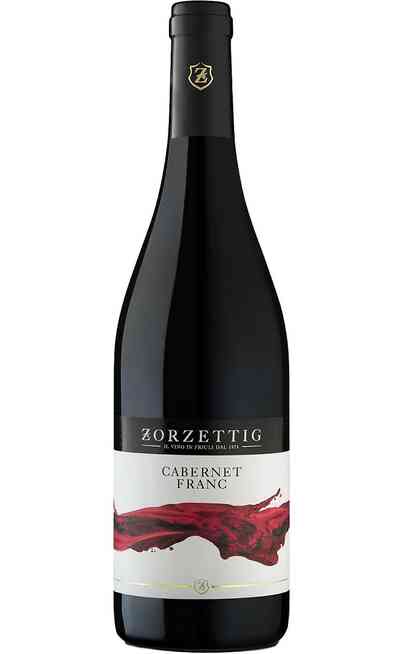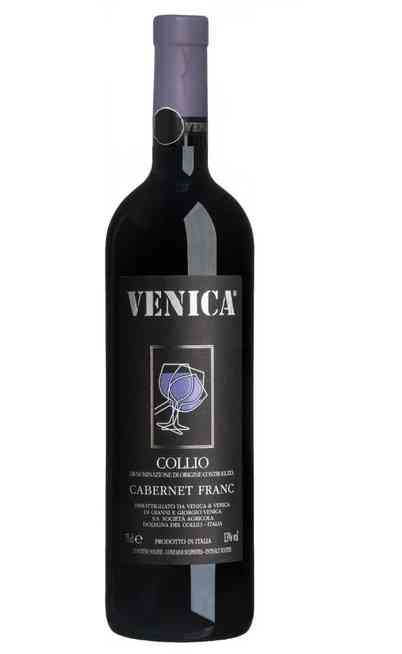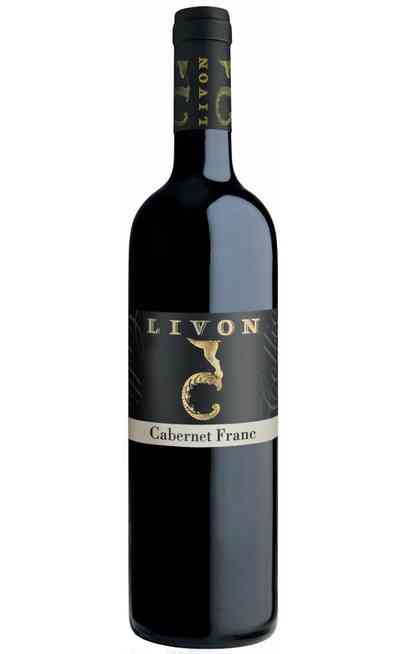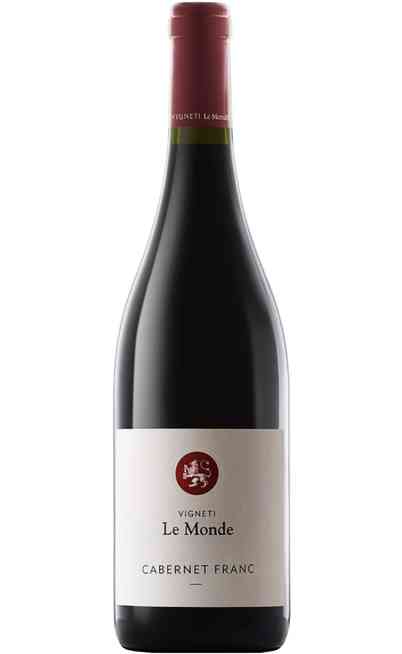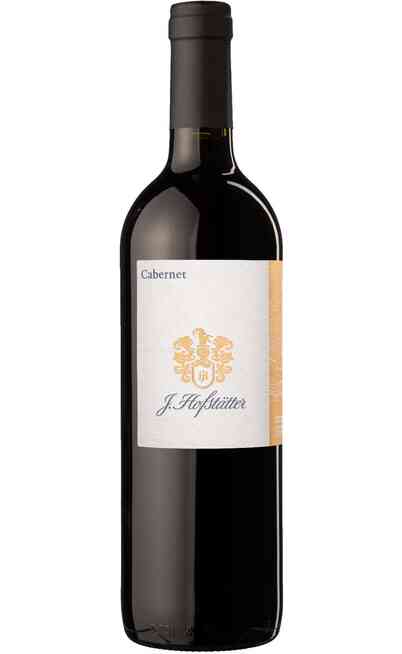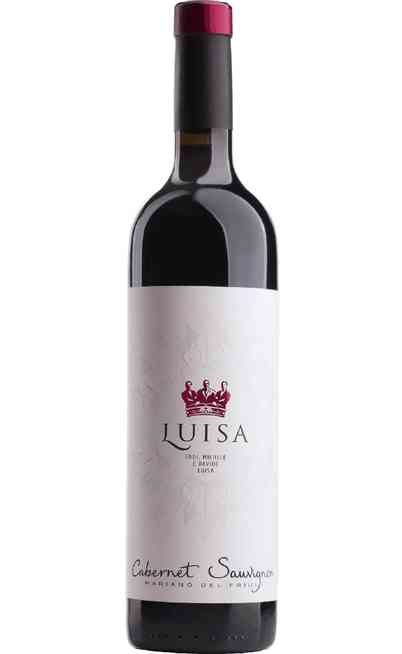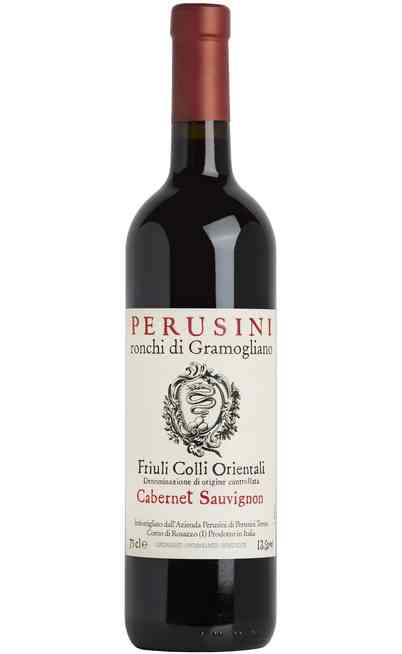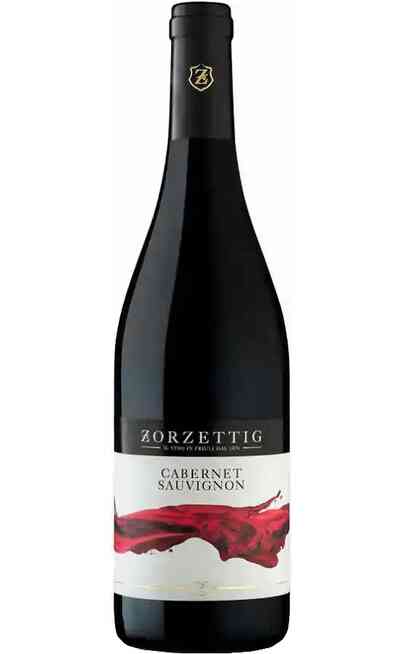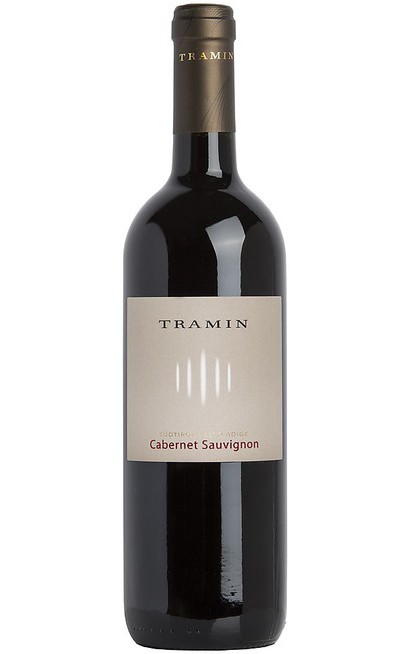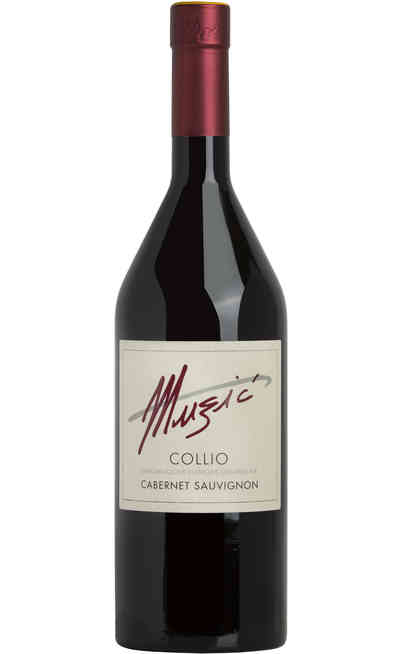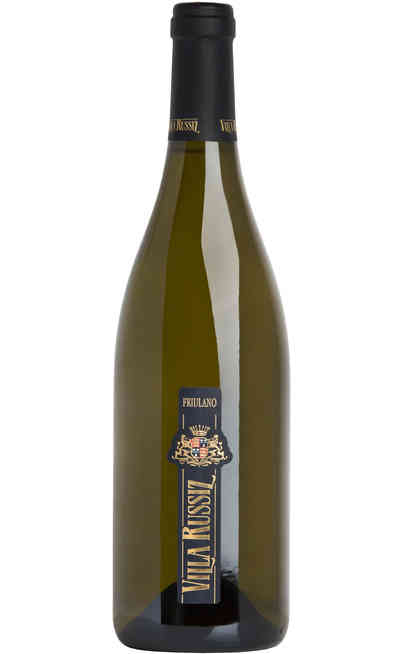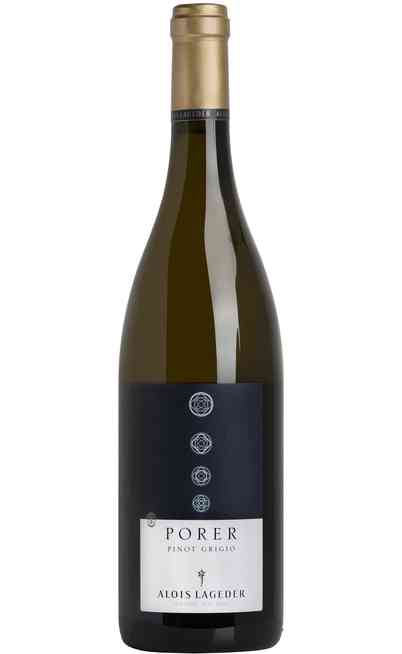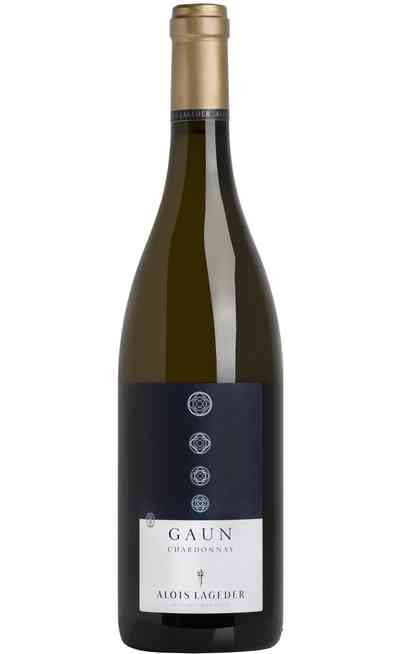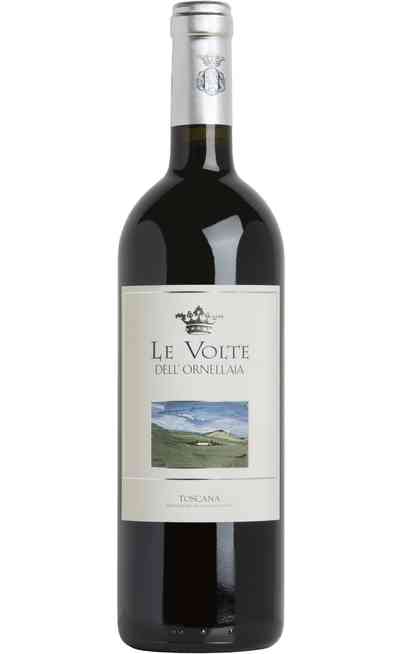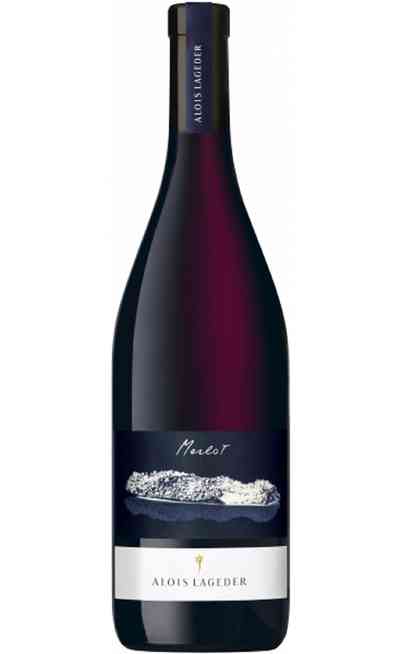Cabernet RISERVA DOC ALOIS LAGEDER
| Sommelier score | 90/100 | 2025 |
| Winery | ALOIS LAGEDER |
| Denomination | Cabernet |
| Vintage | 2021 |
| Grapes | 100% Cabernet |
| Alcohol content | 12,50% |
| Cl | 75cl |
| Sulfites | Contains sulphites |
| Code ICQRF | BZ 144 |
| Winery headquarter | ALOIS LAGEDER - Magré (BZ) - Vicolo dei Conti, 9 |
| Bottle size | Standard bottle |
| Combination | Cold cuts and salami, Roast meat, Pasta all'amatriciana, Saffron risotto, Medium-aged cheeses, Rabbit, Cockerel grilled, Fillet with green pepper |
| Region | Trentino-Alto Adige (Italy) |
| Style | Medium-bodied and fragrant |
| Wine list | Cabernet |
Warm climate and soils rich of limestone and pebbles. These are the main feature of the area of Magrè, where the wines produced with Cabernet Franc and Cabernet Sauvignon express all their structure. This product has always been praised by the winery. Its Riserva version pass at least two years of aging before the launch on the market. It is a blend of Cabernet sauvignon and Cabernet Franc. The provenience is the classic one: the areas around Magrè and Cortaccia, where the elevation of the vineyards reaches 240-350 meters and the lands are full of pebbles and limestone. The vineyards are between 17-57 years old and the harvest is planned from 3 to 9 October, in any case, in the first decade of the month, to allow the correct maturation of the grapes. The wine making require a fermentation with maceration of marc in steel and a consequent aging with malolactic fermentation in wooden barrels and in steel.
Features of Cabernet Riserva
The organoleptic exam reveals a cherry red colour with deep ruby red shades. The perfume is intense, fruity and spicy. Its taste is structured, harmonic, fruity, dynamic and dry. The evolution of this wine can last from 2 to 8 years.
Recommended food pairings while tasting this red wine produced by Alois Lageder
Suggested with game, beef, lamb or savoury cheese. It has to be served at a temperature that swings between 16-18° C in a high, wide wine glass, that allows the right oxygenation of the product.


